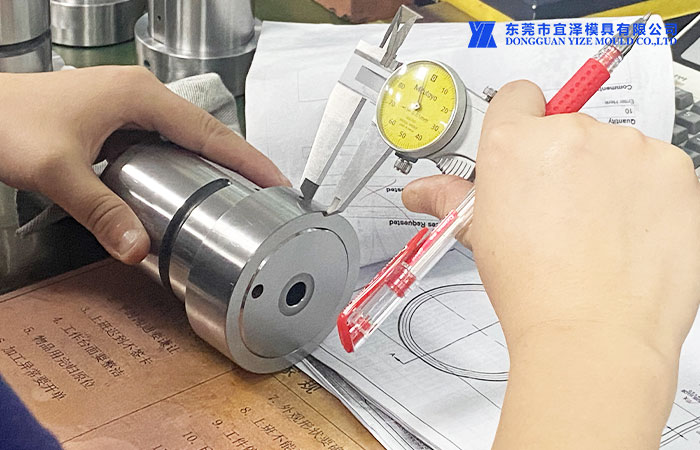High precision plastic injection mold steel can be roughly divided into three categories: cold work die steel, hot work die steel and plastic die steel, which are used for forging, stamping, cutting, die-casting, etc. Due to the different uses of various molds and the complex working conditions, the steel for molds should have high hardness, strength, wear resistance, sufficient toughness, and hardenability according to the working conditions of the molds they manufacture.
Hardness and other process properties. Due to the different uses and complex working conditions, the performance requirements for steel for molds are also different.
Cold working die steel includes independent dies, wire drawing dies, drawing dies, pressing dies, thread rolling dies, rolling plates, cold invitation dies and cold extrusion dies. Cold working die steel are made of steel. According to the county where they are manufactured Working conditions, should have d hardness, strength, wear resistance, sufficient toughness: and high hardenability, hardenability and other process properties. Alloy tool steels used for such purposes are generally high-carbon alloy steels, with a carbon mass fraction above 0.80%. Chromium is an important alloying element of this type of steel, and its mass fraction is usually not more than 5%. But for some wear resistance requirements are very high, the deformation after quenching is very small, the highest chromium mass fraction can reach 13%, and in order to form a large number of carbides, the carbon mass fraction in the steel is also very high, up to 2.0%~ 2.3%. The carbon content of cold work die steel is relatively high, and most of its structure belongs to hyper eutectoid steel or ledeburite steel. Commonly used steels include high carbon low alloy steel, high carbon high chromium steel, chromium molybdenum steel, medium carbon chromium tungsten steel, etc.

Hot-work die steel are divided into several main types: hammer forging, die forging, extrusion and die-casting, including hot forging die, press forging dies, stamping dies, hot extrusion dies, and metal die-casting dies. In addition to being subjected to huge mechanical stress during work, thermal deformation molds also have to withstand repeated heating and cooling, which causes great thermal stress. In addition to high hardness, strength, red hardness, wear resistance, and toughness, hot-work die steel should also have good high-temperature strength, thermal fatigue stability, thermal conductivity and high precision plastic injection mold rust resistance. Hardenability to ensure consistent mechanical properties throughout the cross-section. For die-casting mold steel, it should also have the properties that the surface layer does not produce cracks after repeated heating and cooling, and can withstand the impact and erosion of liquid metal flow. This type of steel generally belongs to medium carbon alloy steel, with a carbon mass fraction of 0.30%~0.60%, which belongs to hypoeutectoid steel, and some steels become eutectoid or eutectoid due to the addition of more alloying elements (such as tungsten, molybdenum, vanadium, etc.). hypereutectoid steel. Commonly used steels are chromium-manganese steel, chromium-nickel steel, chromium-tungsten steel, etc.
Plastic molds include thermoplastic molds and thermosetting plastic molds. High precision plastic injection mold steel for plastic molds requires certain properties such as strength, hardness, wear resistance, thermal stability and corrosion resistance. In addition, good manufacturability is also required, such as reduced heat treatment, good processability, good corrosion resistance, good grinding and polishing performance, good repair welding performance, high roughness, good thermal conductivity and working condition dimensions
and shape stability etc. In general, hot-work die steel can be used for injection molding or extrusion molding;
For molds with high wear resistance and high strength, cold work mold steel can be selected.